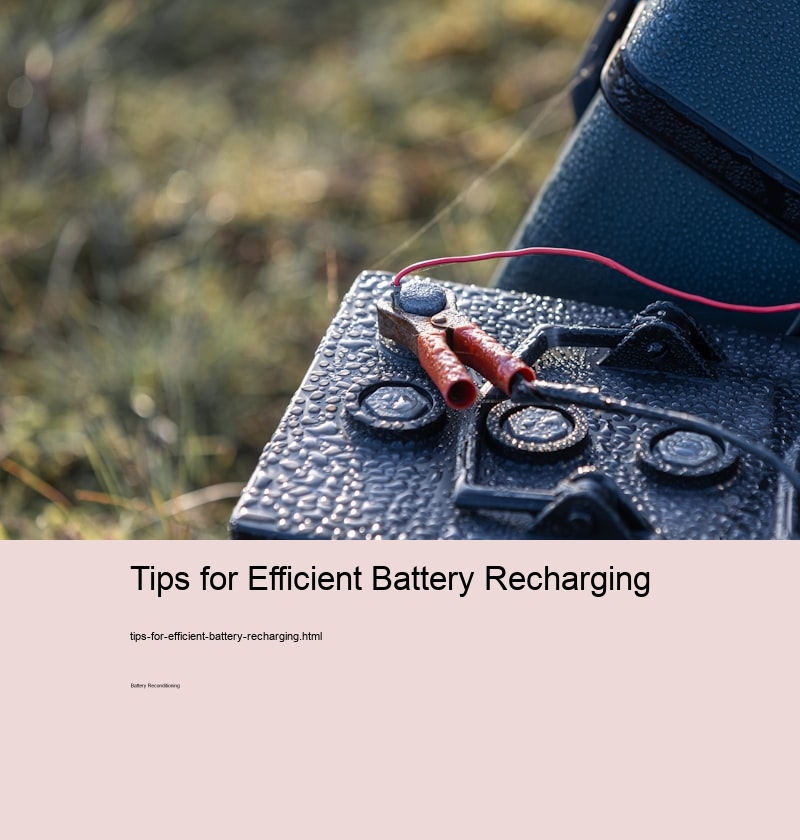Tips for Efficient Battery Recharging
Battery Life Extension
While this may be true in some cases-especially with expensive car or industrial batteries-for common household batteries the cost of equipment and time spent might outweigh simply buying replacements. Common Mistakes People Make When Trying to Recondition BatteriesIgnoring Safety PrecautionsReconditioning batteries is not without its hazards, primarily due to the chemicals and potential for leakage involved. Carefully open the caps of the battery cells and replace the existing electrolyte with this new solution before recharging the battery slowly on a low setting.
By opting for battery reconditioning over purchasing new units, both individuals and companies can significantly reduce their carbon footprint. Reconditioning these batteries extends their usability and minimizes environmental impact.
Energy EfficiencyThe process of manufacturing new batteries requires a significant amount of energy, from mining raw materials to transportation and actual production. Case Study: Automotive Sector SuccessIn one striking example from the automotive industry, a fleet management company turned to battery reconditioning as part of its maintenance routine.
This process involves restoring the battery's capacity to hold a charge, offering a practical alternative to purchasing costly new batteries. Battery Desulfation Long-Term Benefits and ConsiderationsReconditioned batteries can offer significant cost savings over purchasing new ones immediately upon experiencing issues.
